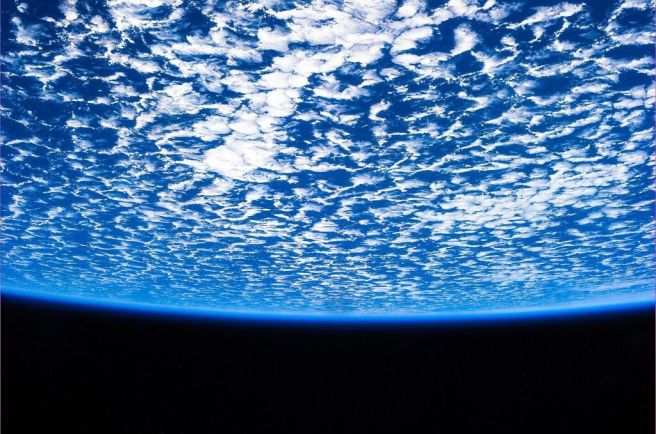It’s Friday morning, I’m in traffic heading south on I-95. It’s Susan’s car, the change unsettling. Her car is new, power steering is sensitive, dials not where they should be. Both hands grip the steering wheel, fingers caress the soft cowhide leather – – Humpty Dumpty is not all back together again, still jumpy from trees falling out of the sky from the long day, longer. A call earlier in the morning from Allstate offered a status update on my car: $9,600 for repair; no estimate as to completion.
I pass Exit 7 near Stamford. A few feet in front is the driver of a late model Toyota Camry. She lowers her window and dumps her ashtray, the cigarette butts skip on the highway, gum wrappers follow. Wow.
Wednesday evening it was Planet or Plastic? An image so jarring, so scarring, and impossible to shake.
Tuesday, on Metro North, a Suit sipping his coffee, sets the cup on the floor between his feet while he surfs on his smartphone. He bumps his cup, the coffee leaks under the seat into the middle of the aisle. He grabs his brief case, looks down at the cup, looks around to see if anyone is looking, and exits the train. The train empty, the cup and the spill left behind.
It’s Monday morning. I write down a few To Do’s, decide they weren’t in priority order, then toss the note in the trash can. I start my list again, forget two critical items, toss it away again. The lettering on the trash can: “Paper only. Save our Planet.” Trees falling all over.
It’s late last night. I’m drawn to NatGeo’s feature essay on Planet or Plastic. The loggerhead turtle is caught in a discarded fishing net, it struggles desperately, gnawing at the industrial strength webbing trying to escape to the surface to breathe.
Boris Pasternak, in a letter to his cousin Olga Freidenberg in May 1929, said “The greatest things in the world clothe themselves in boundless tranquillity.”
Where’s the greatness DK? Where?
Photo: National Geographic, June, 2018. An old plastic fishing net snares a loggerhead turtle in the Mediterranean off Spain. The turtle could stretch its neck above water to breathe but would have died had the photographer not freed it. “Ghost fishing” by derelict gear is a big threat to sea turtles. (Photo by Jordi Chias)



